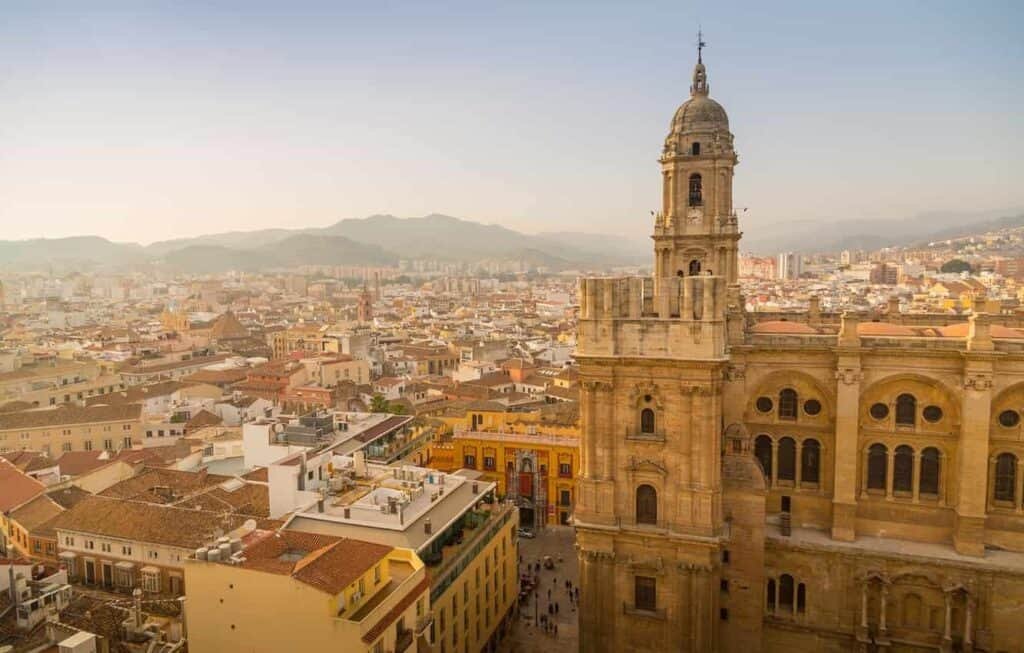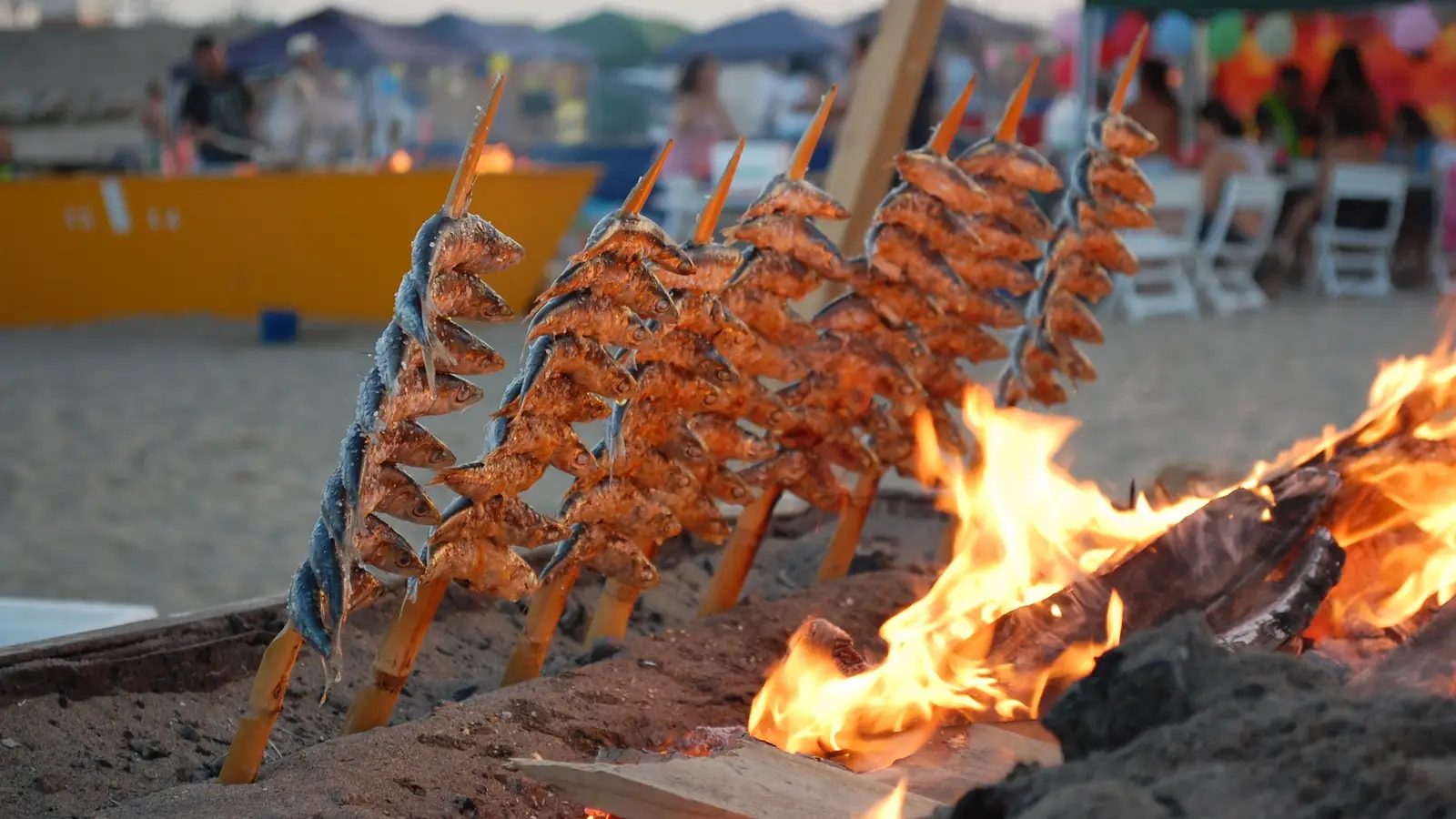Malaga, a city in southern Spain, has a strong tradition of cultural expression and a thriving nightlife. Just two of Malaga's attractions feature an unusual fusion of the old and the new: the Moorish Alcazaba castle and the contemporary art museum. This picturesque Andalusian city has a lot to offer, regardless matter whether one likes history, the arts, or just unwinding on the beach. The biggest attractions in Malaga and tips for maximizing your trip are included in this article. So get ready to go right away for Spain's stunning south!

History
Malaga was founded by the Phoenicians around 1100 BC. Since then, the city's infrastructure has constantly been developing during the reign of the Roman Empire in the III century. BC, Malaga became one of the most important ports in Europe. And after its conquest by the Arabs in the 8th century, the production of silk fabrics, etc., developed in the city, and it became an important economic centre of the Emirates. And only in the XV century. Castilian troops retook Malaga and annexed it to Castile. During the war in Europe against the Nazi invaders, Malaga was a substantial strategic base for the Spanish fleet.
Today, Malaga is a thriving resort town with picturesque natural landscapes, comfortable and attractive beaches, and many hotels on the Mediterranean coast. In addition, Malaga is famous for its wines and olive oil. It is the capital of the province of Malaga and is considered one of the largest cities on the Costa del Sol. Recently, its population exceeded half a million inhabitants.
Sights of Malaga
Malaga's architectural look reflects its growth history the most. Despite the city's considerable antiquity, which has seen numerous European art eras, you will not discover baroque palaces, gothic temples, or everything that draws us to other European cultural centres. The city has always been modest, with outdated buildings easily destroyed and replaced by functional, modern structures. Nonetheless, several historical monuments have survived and are ready to teach travellers about the city's growth stages.

The Malaga Cathedral in Spain (La Catedral de la Encarnación) is the continent's most unusual cathedral. Various architectural styles from different periods in Europe were synthesized to create this building's distinctive features. Building on Malaga began when the Arabs were pushed out at the turn of the 16th century and lasted into the early 18th century.
How many people visit Malaga yearly to see the most bizarre plant collection at the city's central Botanical Garden (Jardin Botánico-Histórico La Concepción)? This botanical garden has a wide range of flora from all corners of the globe. So toss a penny into the pond full of goldfish and make your deepest, most heartfelt wish as you stroll the intricate lanes and take in the breathtaking natural scenery.
The birthplace of the renowned cubist of the 20th century, the brilliant artist Pablo Picasso (Fundación Picasso Museo - Casa Natal), is a popular tourist destination in the heart of Malaga. This home became a museum honouring the master's legacy in 2003.
The Crocodile Park in Torremolinos is home to more than 300 different reptile species from all corners of the globe, and it's only a short 15-kilometre drive from Malaga. Further, this area mimics the circumstances of their native environment.
Restaurants and Leisure
The city's traditional food is a fusion of the cuisines of the Romans, Phoenicians, Greeks, and Arabs; these cultures have left their stamp on the city's architecture, art, and cuisine. Due to its coastal setting, seafood features prominently in the traditional recipes of Malaga. Anyone can be awed by a restaurant's extensive menu of outstanding fish dishes. Eat some little deep-fried fish ("pescaito frito") at any restaurant or bar in Malaga to experience the local cuisine. Additionally, sardines on a spit (also known as "espeto") will be a must-try food.

Meals would often feature a wide range of traditional Spanish dishes alongside regionally-inspired meat, fish, seafood, and vegetable specialities.
Beachgoing is a popular summertime activity, complementing nighttime visits to museums and landmarks. Malaga's nightlife is lively all year round. Fans of the nightlife may stroll the city's cosy streets bathed in night lights, relax in street bars, and sip wine while engaging in deep discussion with friends or making new connections. Bars showcasing fiery flamenco and cutting-edge, trendy nightclubs make it to the local entertainment scene. Holidays in this little village have their own special meaning. Having stocked up on alcohol, city dwellers spend their Thursday through Sunday evenings attending free concerts and festivals in the city's central square before heading to one of the many nightclubs in the area.
A holiday in Malaga will leave you with wonderful memories and sensations to share with family and friends back home.
Here are the Top 10 things to do in Malaga:
- Museo Picasso Málaga: Ticket & Audioguide
- Alcazaba and Roman Theatre Guided Tour With Entry
- Malaga: Hammam Al Ándalus Entry Ticket with Massage
- Málaga: Flamenco Show at Tablao Alegría
- Málaga: Center Pompidou Málaga Ticket
- Malaga: Museo Automovilistico Ticket and Tour
- Málaga: Cathedral, Alcazaba, Roman Theater Walking Tour
- Malaga: Monumental 2-Hour Segway Tour
- Taste-of-Spain Walking Food Tour
- Interactive City Exploration Game
